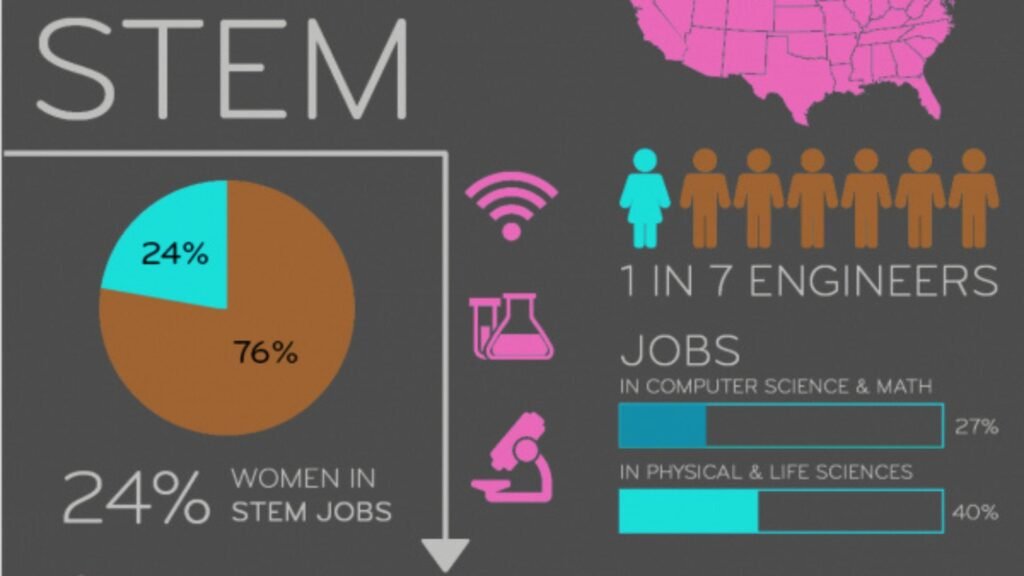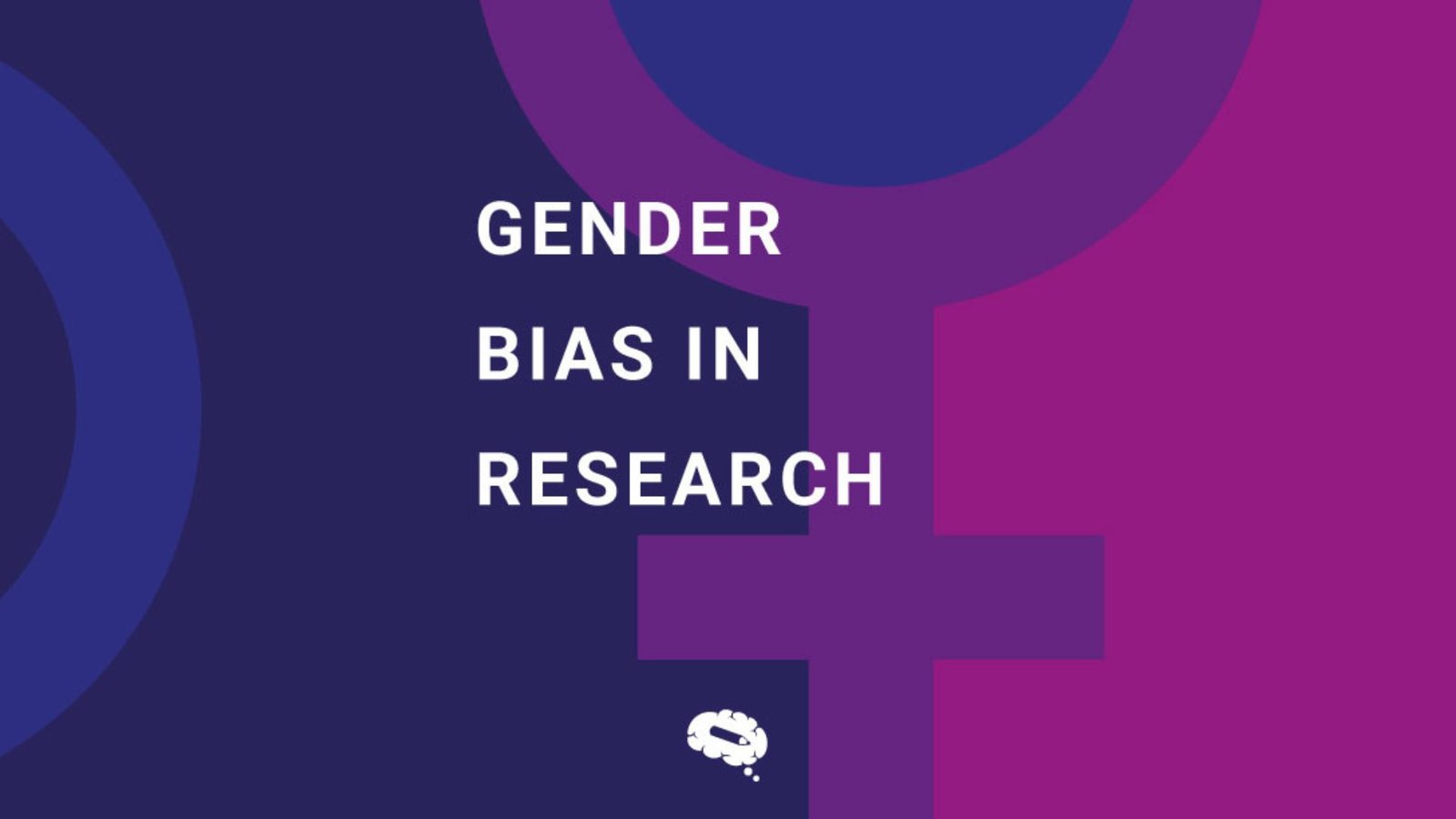Gender Bias in Scientific Research
Gender bias in scientific research is a significant issue that affects the quality and reliability of scientific findings. This bias can lead to skewed results, missed opportunities for discovery, and unequal representation in research fields. Understanding and addressing gender bias is crucial for ensuring that scientific research benefits all people fairly.

Historical Examples of Gender Bias in Research
Gender bias in scientific research has a long history, affecting how studies are designed, conducted, and interpreted. In the past, many scientific studies focused primarily on male subjects, with little consideration for how gender might influence results. For instance, medical research often used male participants almost exclusively, leading to gaps in understanding how treatments might affect women differently. This bias was partly due to the mistaken belief that males and females were biologically identical in response to drugs and treatments.
An example of this bias is seen in early clinical trials of drugs where only male participants were included. As a result, many drugs were found to have different effects on women when they were finally tested. This oversight highlighted the need for more inclusive research practices to ensure that findings are applicable to all genders.
Current Issues with Gender Bias
Today, gender bias in scientific research remains a challenge, though progress is being made. Several key issues contribute to this ongoing problem:
- Underrepresentation: Women and other gender minorities are often underrepresented in research studies. This can result in findings that do not fully account for gender differences, potentially leading to less effective or even harmful recommendations for those who are not adequately represented.
- Stereotypes and Assumptions: Biases and stereotypes can influence research questions, methodologies, and interpretations. For example, researchers might unconsciously design studies based on gender stereotypes, such as assuming that certain traits or conditions are more common in one gender than the other.
- Publication Bias: There is a tendency to publish research that shows significant findings or confirms existing theories. This can lead to a skewed view of scientific knowledge, especially if studies that address gender differences or those with null results are less likely to be published.
Steps to Address Gender Bias
To combat gender bias in scientific research, several steps can be taken to promote fairness and accuracy:
- Inclusive Research Design: Ensure that research studies include diverse populations, including various genders, to provide a more comprehensive understanding of the topic. This includes designing studies that specifically examine gender differences when relevant.
- Awareness and Training: Educate researchers and institutions about gender bias and its effects. Providing training on how to recognize and address bias can help researchers conduct more equitable and unbiased studies.
- Transparent Reporting: Encourage transparency in research reporting, including detailed descriptions of how gender was considered in the study design and analysis. This helps others evaluate the findings more critically and understand their applicability.
- Diverse Research Teams: Assemble diverse research teams to bring different perspectives and reduce the influence of individual biases. Including researchers from various backgrounds can enhance the study’s approach and conclusions.
- Policy Changes: Advocate for policies that require gender balance in research studies and funding decisions. Funding agencies and institutions can play a crucial role in promoting gender equity in research by setting standards and guidelines.
Benefits of Addressing Gender Bias
Addressing gender bias in scientific research leads to several benefits:
- More Accurate Results: Including diverse participants and considering gender differences can lead to more accurate and generalizable findings. This ensures that research outcomes are applicable to a broader population.
- Enhanced Innovation: Diverse perspectives can drive innovation and lead to new discoveries. By challenging existing biases and assumptions, researchers can uncover novel insights and solutions.
- Equitable Health Outcomes: In medical research, addressing gender bias can lead to more effective and safe treatments for everyone. Ensuring that research accounts for gender differences helps in developing therapies that work well for all individuals.
Conclusion
In summary, gender bias in scientific research is a critical issue that affects the validity and inclusiveness of scientific findings. By recognizing and addressing this bias, we can improve the quality of research and ensure that it benefits all genders equally.
Efforts to promote inclusive research design, raise awareness, and implement policy changes are essential for overcoming gender bias. Through these actions, we can advance scientific knowledge and innovation while ensuring fairness and accuracy in research outcomes.



